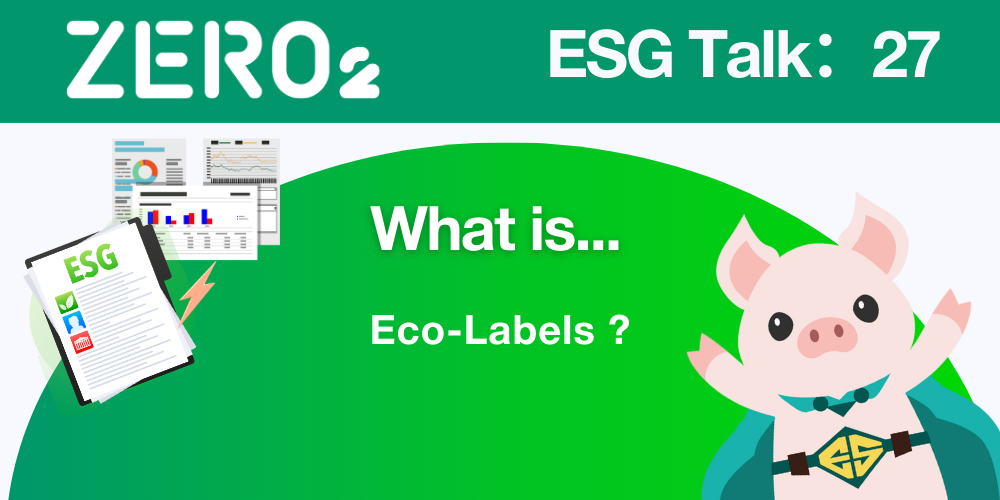💡【ESPig🐷Talk】📝🐷
🛤️ Today, ES Pig will teach everyone about “Eco-labels,” an important tool to help identify environmentally friendly products!
Have you heard of “Eco-labels”? They are marks that show a product meets specific environmental standards, helping consumers make more sustainable choices!
♻️ What are Eco-labels?
Eco-labels are issued by third-party organizations to certify that a product meets environmental requirements during its production, usage, or disposal, resulting in lower environmental impact. For example, products might be made with recycled materials, reduce carbon emissions, or save energy and water during production.
💡 Why are they important?
– 🌱 Increase Transparency: Consumers can easily identify truly eco-friendly products and avoid “greenwashing.”
– 🌍 Reduce Environmental Impact: Encourages businesses to adopt more eco-friendly materials and production methods.
– 💼 Drive Market Change: More consumers supporting labeled products pushes the market toward sustainable development.
– 🛒 Provide Guidance: Helps people make green consumption choices more easily.
🌟 Common Examples of Eco-labels:
– ♻️ Energy Star: Indicates energy-efficient products, such as appliances and electronics.
– 🌱 Forest Stewardship Council (FSC): Certifies that wood products come from sustainably managed forests.
– 🌊 EU Organic Label: Ensures food is produced without pesticides or chemical fertilizers.
– 🔋 Green Labelling Scheme: A certification promoted in Hong Kong that highlights products with lower environmental impact, such as low pollution and recyclability.
🌍 Choosing products with eco-labels not only helps you live a more sustainable lifestyle but also drives businesses to transition toward a greener future.
Next time you shop, keep an eye out for eco-labels and use your purchasing power to support the environment🌱! Do you know of any other eco-labels? Feel free to share them with us in the comments!

